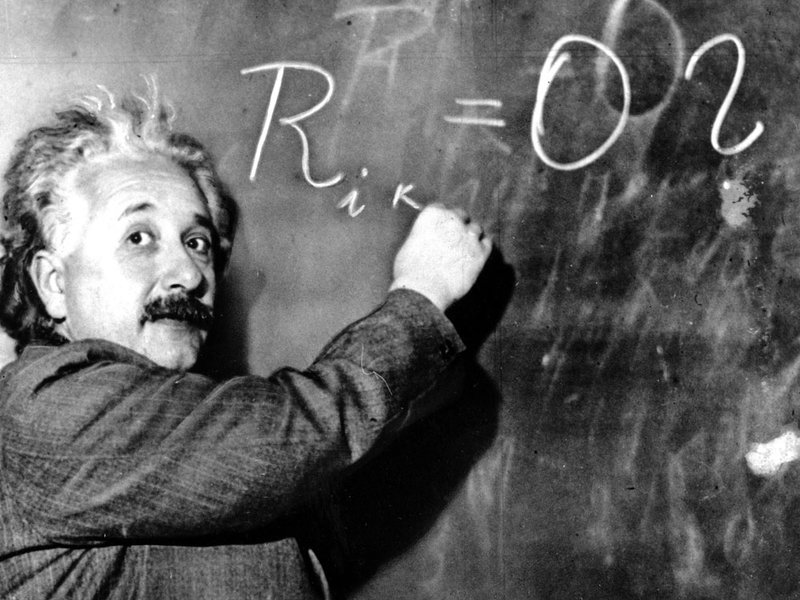At all events, Hubble failed to make theoretical hay when the chance was there. Instead, it was left to a Belgian priest-scholar (with a Ph.D. from MIT) named Georges Lema?tre to bring together the two strands in his own “fireworks theory,” which suggested that the universe began as a geometrical point, a “primeval atom,” which burst into glory and had been moving apart ever since. It was an idea that very neatly anticipated the modern conception of the Big Bang but was so far ahead of its time that Lema?tre seldom gets more than the sentence or two that we have given him here. The world would need additional decades, and the inadvertent discovery of cosmic background radiation by Penzias and Wilson at their hissing antenna in New Jersey, before the Big Bang would begin to move from interesting idea to established theory.
無論如何,哈勃沒有抓住機會在理論上有所收獲,而是把機會留給了一位名叫喬治·勒梅特的比利時教士學(xué)者(他獲得過麻省理工學(xué)院的博士學(xué)位)。勒梅特把實踐和理論結(jié)合起來,創(chuàng)造了自己的“煙火理論”。該理論認(rèn)為,宇宙一開始是個幾何點,一個“原始的原子”;它突然五彩繽紛地爆發(fā),此后一直向四面八方散開。這種看法極好地預(yù)示了現(xiàn)代的大爆炸理論,但要比那種理論早得多。因此,除了在這里三言兩語提他一下以外,勒梅特幾乎沒有取得別的進展。世界還需要幾十年時間,還要等彭齊亞斯和威爾遜在新澤西州咝咝作響的天線上無意中發(fā)現(xiàn)宇宙背景輻射,大爆炸才會從一種有趣的想法變成一種固定的理論。
Neither Hubble nor Einstein would be much of a part of that big story. Though no one would have guessed it at the time, both men had done about as much as they were ever going to do.
無論是哈勃還是愛因斯坦,哪條大新聞里都不會提及多少。然而,盡管當(dāng)時他們誰也想不到,他們已經(jīng)作出自己所能作出的貢獻。

In 1936 Hubble produced a popular book called The Realm of the Nebulae, which explained in flattering style his own considerable achievements. Here at last he showed that he had acquainted himself with Einstein's theory—up to a point anyway: he gave it four pages out of about two hundred.
1936年,哈勃寫出了一本廣受歡迎的書,名叫《星云王國》。他在這本書里以得意的筆調(diào)闡述了自己的重要成就,并終于表明他知道愛因斯坦的理論——反正在某種程度上:在大約200頁的篇幅中,他用了4頁來談?wù)撨@種理論。
Hubble died of a heart attack in 1953. One last small oddity awaited him. For reasons cloaked in mystery, his wife declined to have a funeral and never revealed what she did with his body. Half a century later the whereabouts of the century's greatest astronomer remain unknown. For a memorial you must look to the sky and the Hubble Space Telescope, launched in 1990 and named in his honor.
1953年,哈勃心臟病發(fā)作去世。然而,還有最后一件小小的怪事在等待著他。出于秘而不宣的原因,他的妻子拒絕舉行葬禮,而且再也沒有說明她怎么處理了他的遺體。半個世紀(jì)以后,該世紀(jì)最偉大的天文學(xué)家的去向仍然無人知道。若要表示紀(jì)念,你非得遙望天空,遙望1990年美國發(fā)射的、以他的名字命名的哈勃天文望遠(yuǎn)鏡。












